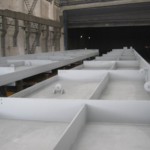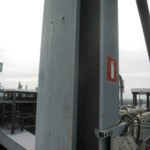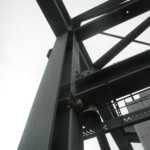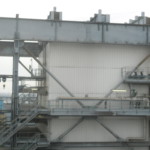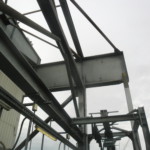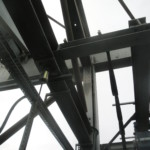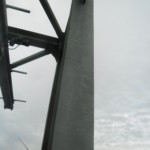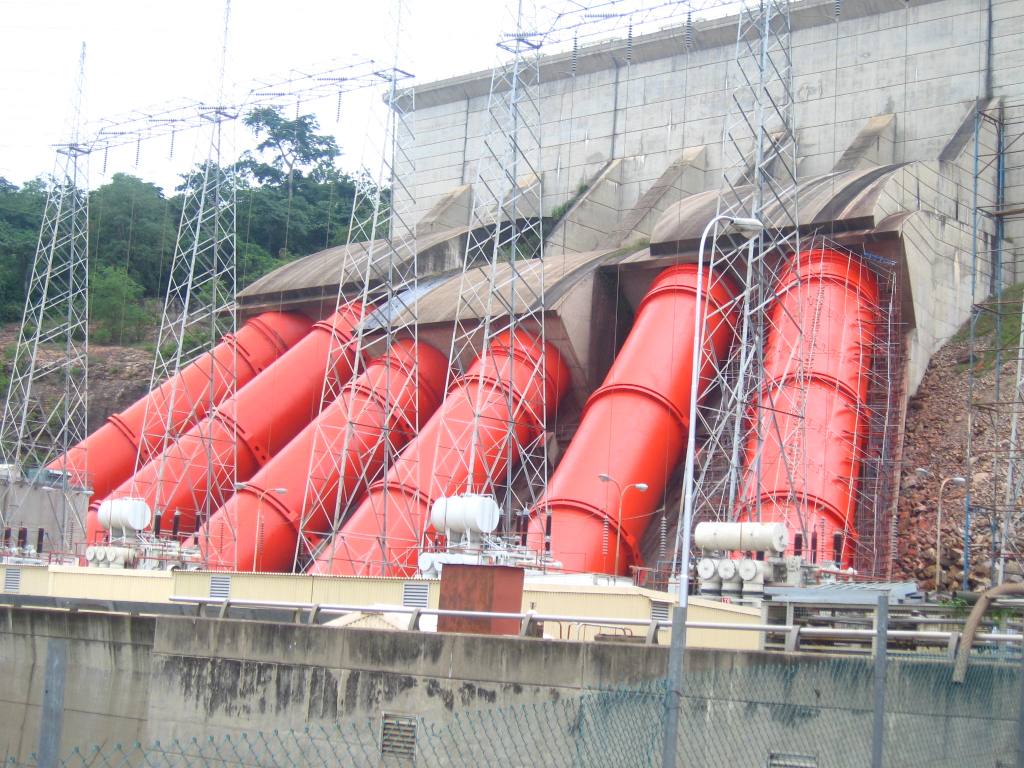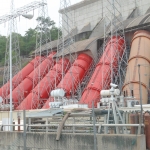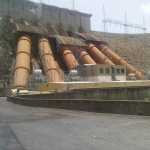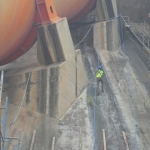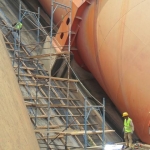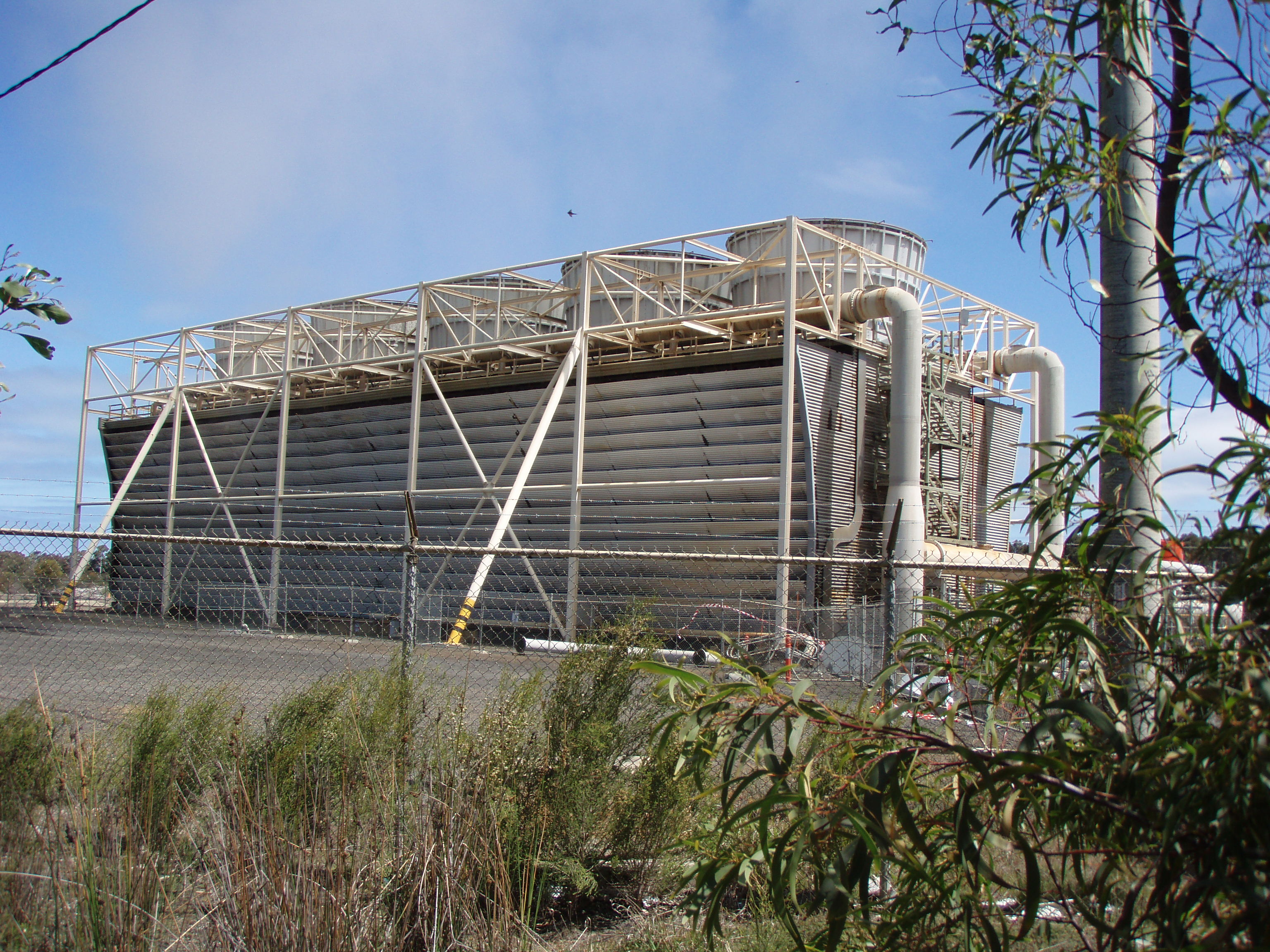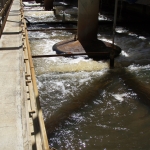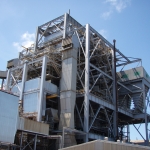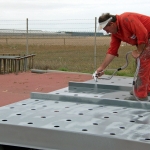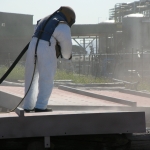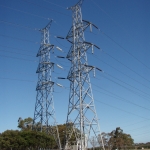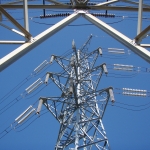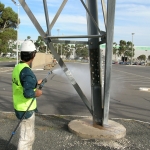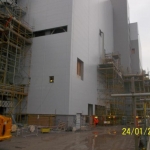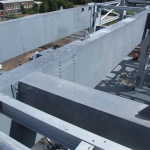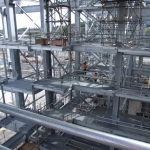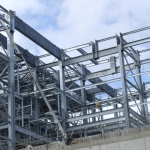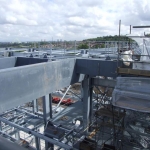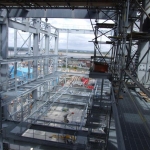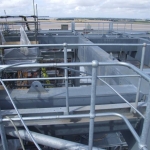Lufeng Jiahuwan Power Plant
World’s largest coal fired power plant (8 x 1000 MW) located at south eastern coast of Guangdong Province, China’s heavy duty economic powerhouse. 4 equal phases scheduled to be built over 8 years, commencing June 2016, each of 2 x 1000 MW output and with state of the art technology for reduction of carbon emissions. Each phase requires 45 000 tons of structural steelworks. About 64 of the steel has been coated with ZINGA® as unique system 2 x 75 = 150 µm. The total ZINGA ® consumption was about 321 tons. The smaller sized steel members, or 16 200 tons in total, were protected by HDG.
The coating works started in June 2016 and were finished in August 2018. Coating supervision inspection services stipulated as mandatory by the client and strictly complied with by Zingametall Primo Corporation from start to finish. The commissioning and official opening of the Lufeng Jiahuwan Power plant (Phase 1) was held on 15 April 2019.







